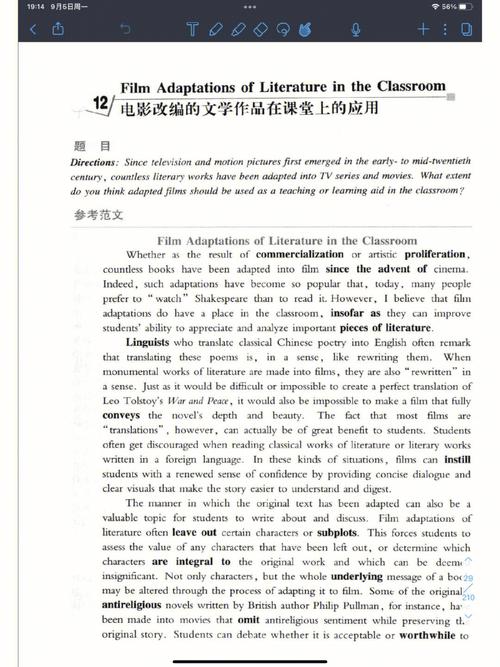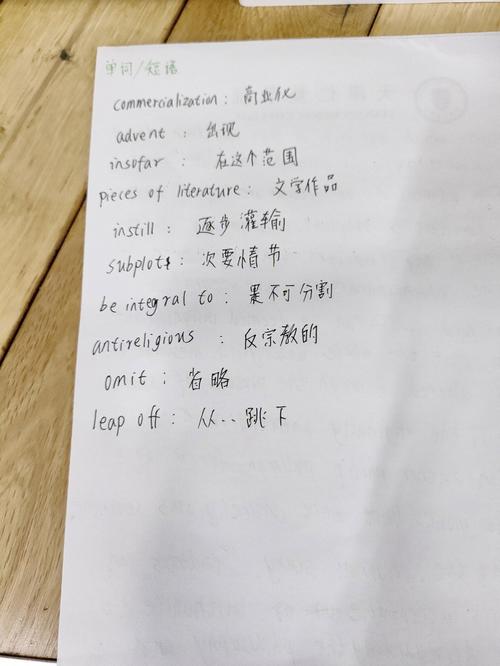Tone Examples in Literature: A Detailed Exploration
Understanding the tone of a literary work is crucial for appreciating its depth and impact. Tone refers to the attitude or feeling conveyed by the author through the text. It can be serious, humorous, ironic, or any other emotion that the reader can perceive. In this article, we will delve into various tone examples in literature, exploring how authors have used different tones to convey their messages and evoke emotions in readers.
Comedy Tone
Comedy is a popular tone in literature, often used to entertain and lighten the mood. One classic example is “A Midsummer Night’s Dream” by William Shakespeare. The play is filled with slapstick humor, puns, and witty banter, creating a light-hearted atmosphere. The characters, such as Puck and Bottom, are exaggerated and absurd, contributing to the comedic tone.

| Character | Tone | Example |
|---|---|---|
| Puck | Comedic | “I’ll put a girdle round about the earth / In forty minutes after noon.” |
| Bottom | Comedic | “I am a man more sinned against than sinning.” |
Tragic Tone
Tragedy is another common tone in literature, often used to explore themes of suffering, loss, and moral dilemmas. One of the most famous tragic plays is “Hamlet” by William Shakespeare. The tone is dark and brooding, reflecting the protagonist’s internal struggle and the tragic events that unfold.
Hamlet’s soliloquies, such as the “To be or not to be” speech, convey a sense of despair and existential crisis. The play’s tone is further intensified by the use of imagery and symbolism, such as the “play within a play” and the ghost of Hamlet’s father.
Irony Tone
Irony is a powerful tool in literature, often used to highlight the contrast between what is said and what is meant. One notable example of irony is in “The Great Gatsby” by F. Scott Fitzgerald. The novel is set in the Roaring Twenties, a time of prosperity and excess, yet the characters are often trapped in their own delusions and desires.
The irony is evident in the character of Jay Gatsby, who is obsessed with winning back his lost love, Daisy Buchanan. Despite his wealth and status, Gatsby is unable to break through the social barriers that separate him from Daisy. This creates a stark contrast between Gatsby’s aspirations and the reality of his situation.

Humorous Tone
Humor can also be a powerful tone in literature, used to provide relief and insight into the human condition. One example is “The Diary of a Young Girl” by Anne Frank. Despite the harrowing circumstances of World War II, Anne’s diary is filled with humor and wit, offering a glimpse into the resilience of the human spirit.
Anne’s humorous observations, such as her frustration with her sister Margot and her attempts to keep a diary, provide a much-needed respite from the grim reality of the Holocaust. This humorous tone helps to humanize the characters and make the story more relatable.
Reflective Tone
A reflective tone is often used in literature to encourage readers to think deeply about the themes and messages of the work. One example is “To Kill a Mockingbird” by Harper Lee. The novel explores themes of racial injustice, moral growth, and the loss of innocence.
The reflective tone is evident in the character of Scout Finch, who narrates the story. Scout’s observations and reflections on the events surrounding her and her family prompt readers to consider the complexities of human nature and society.
In conclusion, tone plays a crucial role in shaping the reader’s experience of a literary work. By examining different tone examples in literature, we can gain a deeper understanding of the author’s intentions and the emotions they wish to convey. Whether it’s the humor of “A Midsummer Night’s Dream,” the tragedy of “Hamlet,” or the irony of “The Great Gatsby,” tone is a powerful tool that enriches our reading experience.



